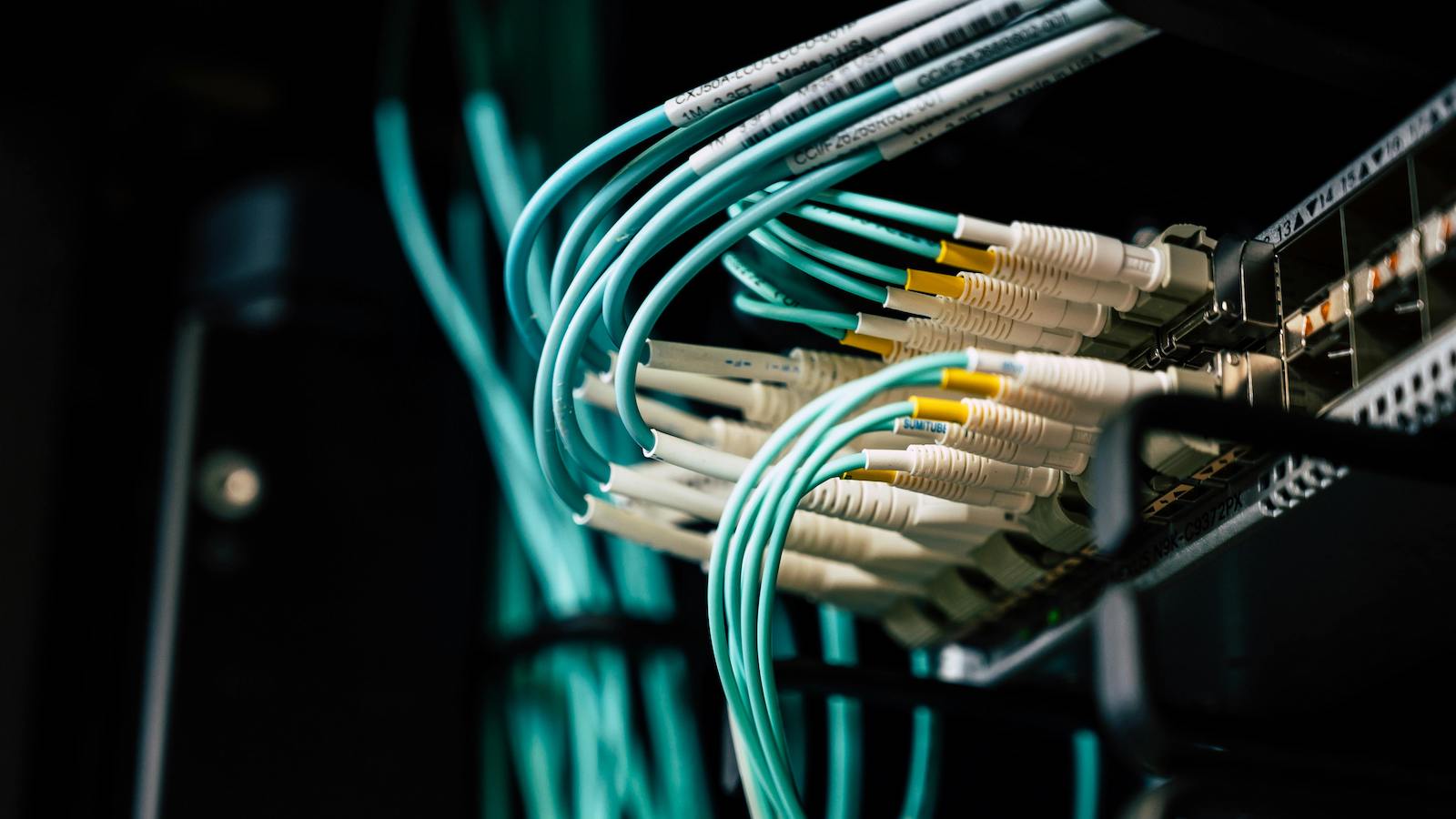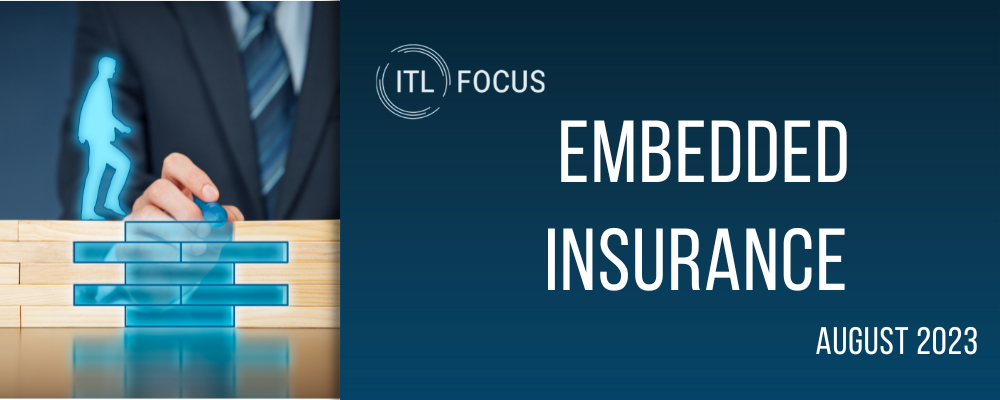For every object you can think of that we use in our daily lives, there is probably a smart version of it already available or in the process of development: That is one of my conclusions from CES2017. This blog will be a bit different in that it will simply provide a list and summary of some of the mention-worthy smart things I saw at the CES – things that go beyond the typical smart home and connected car solutions that most of us are familiar with. This is but a small sampling of the thousands of products announced, and I will refrain from judging the merit and market for each one. (That would go way beyond the scope of this blog).
Without further ado, here are 20 examples of smart products, some of which are still in beta stages or not available in North America yet. In each case, a company is listed in parentheses, but there are sometimes others offering similar products.
- Portable concussion detection machine that provides 30-second trials of neurocognitive and psychomotor performance (Reflexion Interactive Technologies)
- Smart home anti-hacking device to block cyber-attacks and intrusions based on smart devices in the home (Bitdefender)
- Vehicle windshield display with augmented reality projection via smartphone connection aimed at reducing distracted driving (Navdy)
- Low-cost vision screening via a smartphone attachment and app at $29, perfect for disadvantaged areas (EyeQue)
- Vacuum cleaner shoes with soles that have a suction device to clean carpets while someone walks through the house (Denso)
- Smart radon detector to monitor radon gas, temperature and humidity and provide alerts and history (Airthings)
- Thermal camera for home safety to detect excess heat or flooding and alert the homeowner (Fotric)
- Document security via RFID by embedding a chip in the paper for sensitive paper documents (Yes it is)
- Worker safety via wearables that identify and send alerts of dangerous conditions such as toxic gas or worker falls (Ten Degrees)
- Wearable airbag in the form of a jacket for motorcyclists, horse riders, the elderly and others at risk of falling (inEmotion)
- Smart medication tracking in a pill dispenser to monitor and encourage compliance with treatment plans (PillDrill)
- Smart bikini to ostensibly prevent sunburn (Spinali Design)
- Fitness wearable that zaps bad behavior, a wrist wearable with the typical biometrics, teamed with gamification and a reward/punishment system that provides an electric shock for bad behavior (Pavlok)
- Smart learning tools for kids via augmented reality, smartphone apps and physical props such as cards or a globe (NeoBear)
- Personal safety wearables for individuals in unsafe areas to alert family or police, emit siren noise and record/send video of an incident (Occly)
- Smart patio umbrella, which is solar-powered, has home security features and is connected to the smart home (ShadeCraft)
- Smart desk lamp driven by AI and voice commands to change lighting conditions or take a picture of what is on the desktop (Cerevo)
- Red-light and speeding ticket blocker attached to the vehicle license plate: It creates a flash of light when a red light or speeding camera is detected so the license plate cannot be read (Voxx noPhoto)
- Smart glasses for the visually impaired uses a camera to read documents, recognize faces or identify money for individuals with visual disabilities (OrCam)
- Smart, gamified toothbrush aimed at young children: The toothbrush uses gamification and augmented reality to encourage brushing and monitor usage (Grush)
This list could go on and on, documenting numerous robots, smart home devices, safety devices, drones and new products leveraging all manner of emerging technologies.
See also: Wearable Technology: Benefits for Insurers
It would be fair to ask what all this has to do with insurance. While some of the smart things will have minimal impact on the industry, there are others that certainly have implications. A few things that insurers should be considering as we move headlong into the connected world include the impact on the customer experience and opportunities related to risk transfer, loss mitigation, goods replacement and behavior modification. Look for more on those topics from SMA in coming research and blogs.








